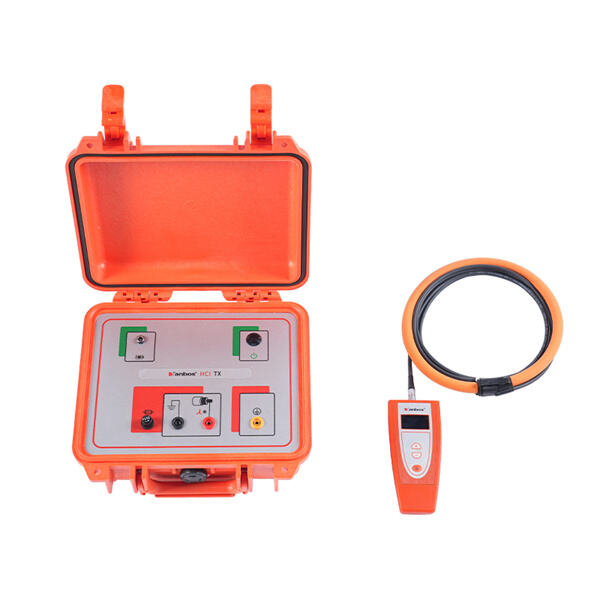 EN
EN
 EN
EN
If you have ever lost power in your house, or have been unable to contact the other person, then you know how frustrating that can be. It can leave you feeling powerless and irritated. A significant portion of these issues are due to something known as cable faults. Cable faults occur when a cable or wire that transmits electricity or communication signals is damaged. Such damage may result in the malfunction of the cable. Locating these faults is very difficult but using the right tools and techniques this can be done quicker and easier. In this article, we will discuss how cable faults are located, various methods technicians use to detect them, and also how understanding their locations can help save time and money.
Cable fault detection, professionals used multiple measures designed to help them. Knowing how to measure voltage is critical towards electrical troubleshooting, and there are several ways we can do this. The most common way to measure voltage is to use something called a multimeter. A multimeter is an electronic tool; it identifies the voltage, current, and resistance. Its ability to measure such values allows it check if a wire or cable is functional. Usually, you will be using it to measure the voltage on the wires, like if the multimeter shows no voltage is in the wire means there is a fault somewhere. Multimeters are also useful for determining the location of a fault by checking a second wire with a resistance between two points.
Another commonly used method is called Time Domain Reflectometer, TDR for short. This is a basic tool, a TDR is a more advanced tool, it sends a pulse of energy down the cable and measures how much of that pulse comes back and how long it takes for that pulse to come back. This time measurement tells the technician how long the cable is and where the faults might lie. This technique can be very valuable for larger systems or longer cables, as it allows for the rapid isolation of a fault without requiring a physical examination of the entire length of cable.

Locating cable faults can be very time-consuming and expensive, particularly when the fault is serious. Not addressing a problem, now can create larger, costlier problems later. Some faults may cause damage to other components of the power or communication equipment that the cable connects to if not repaired. This can lead to larger repairs that may take much longer and cost much more money. By enabling best underground cable fault locator and remediation in an efficient and timely manner, it can considerably reduce long term damage to your system saving both time and money. That is why it is extremely imperative for experts to correctly locate and correct these faults at the earliest possible time.

The correct diagnosis of cable-related faults is extremely crucial for power and communication systems. If something is wrong with a cable that supplies power to a really important building — like a hospital or an emergency services building — those things can become life critical. If an electric outage occurs, for example, in a hospital, it may impact the patients needing medical assistance. Likewise, flaws in communication cables also contribute to immense problems, including breakdowns and communication delays. This can pose especially strong dangers during emergencies when rapid fire communication is a necessity. The sooner they can locate and fix these faults, the better as they are vital systems that require continuous operation.

Tanbos specializes in cable fault location. From multimeters to TDRs, they offer a multitude of tools that make their way towards the hands of professionals working in the world of power as well as communication. These tools are critical for enabling workers to quickly and accurately identify faults. Tanbos' products help professionals save time and save money, prevent serious complications, and keep their systems in check. Making sure these professionals have the proper tools is vital for them to do their jobs efficiently and keep everything running.